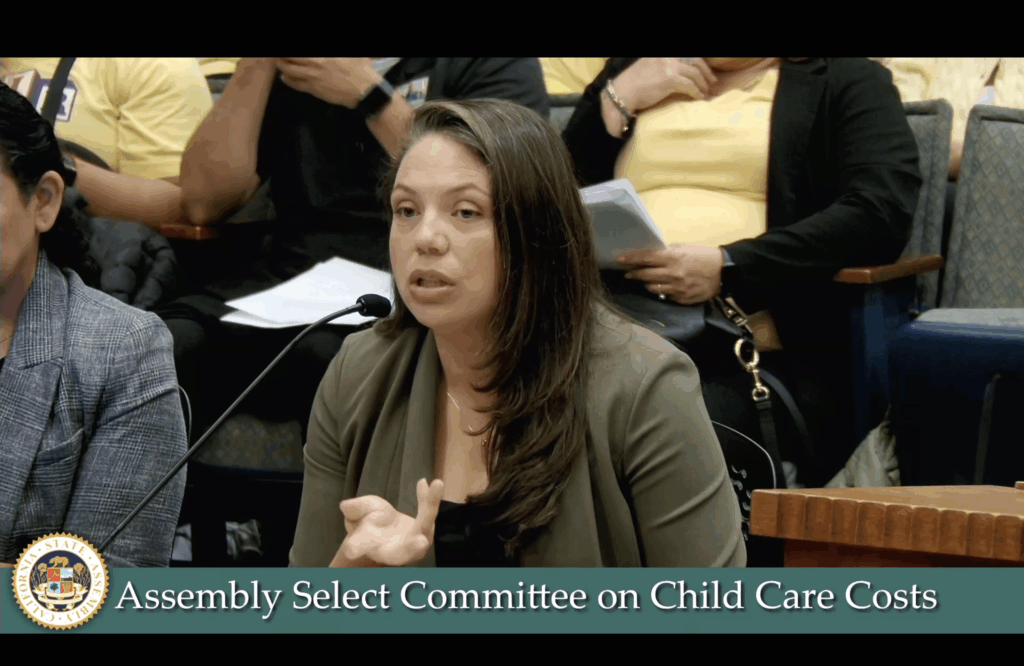4 Ways to Protect Early Care & Education for Children’s Health
Liza Davis, TCP’s advocacy director of children in immigrant families, testified in Burbank on October 15, 2025. She was there for the state Assembly Select Committee on Child Care Costs hearing “Strengthening Child Care Resilience in California.” Liza’s speech shared the impacts of immigration enforcement on child care systems. Immigration raids are deeply affecting children, families and communities across our state.

Key Points:
- Stability for Children is Essential
- Immigration Raids are Hurting Children’s Well-Being
- Immigration Actions are Impacting the Early Care & Education Workforce
- 4 Ways to Strengthen and Protect Early Care & Education for Children’s Health
- Summary: California Must Protect our Children
Stability for Children is Essential
Children’s health is shaped not only by access to medical care, but also by social, emotional and family well-being. This means nurturing caregiver relationships, protection from toxic stress and supportive learning environments.
Early care and education (ECE) spaces are among the most important environments for building this well-being. They are often the first community spaces outside the home where children learn social-emotional skills and connect with critical supports.
Also key to the well-being of young children is what we call “continuity of care.” This means stable, long-term relationships between infants and toddlers and their caregivers. This stability is vital for healthy social-emotional development.
As immigration raids reaches into or near early care and education spaces, it is undermining every protective factor that children rely on to grow up healthy and thrive. And it is critically affecting ECE providers.
Immigration Raids are Hurting Children’s Well-Being
Across California, immigration raids are disrupting children’s ability to safely go to and benefit from early care and education programs.
In July, the Center for the Study of Social Policy released a brief titled “It’s Horrible to Live Like This”: Immigration Policy’s Real-Time Impact on Young Children. The stories shared by ECE providers paint a clear and troubling picture of what’s happening right now in our communities.
First, families are living in fear—regardless of their immigration status. Providers report that parents with work permits, green cards or other lawful statuses are afraid to leave home, drive their children to school or engage with public programs. The constant threat of raids has blurred the line between who is “safe” and who is not.
Second, providers are seeing a rise in isolation. Families are withdrawing their children from child care, missing days without explanation and avoiding activities outside their homes. This isolation erodes the community networks that young children need to thrive.
Finally, mass raids are leaving lasting emotional scars. Even very young children sense the fear around them—becoming more anxious, more clingy, and less able to sleep or regulate their emotions. Educators describe classrooms filled with tension and children struggling to trust that the adults who care for them will still be there tomorrow.
These patterns are not isolated incidents—they’re being echoed in listening sessions and community reports across the state. Immigration raids are making it so fewer people are part of early education, undermining child development, and destabilizing the very programs that families depend on for safety and stability.
Immigration Actions are Impacting the Early Care & Education Workforce
The threat of immigration raids is not only affecting families but is also seriously impacting the early care and education workforce.
Already, the ECE sector struggles with low wages and chronic understaffing. These issues were made worse by the Covid 19 pandemic. Further, nearly 39% of California’s ECE workers are immigrants—far exceeding the national average which means that for providers, attacks on immigrant families hit close to home. Combined, this government induced crisis is harming providers’ well-being, their mental health and their sense of safety. This crisis is also threatening the viability of their programs and actively costing ECE providers money they don’t have.
In Central California, child care provider Elida describes how fear has reshaped her work. She now delivers groceries to families and developed code words so parents feel safe opening their doors. She worries that if families withdraw, her program will collapse: “Financially, it would be devastation for my business. It would leave me without any clients, no children at all.”
In their brief, Center for the Study of Social Policy sums it up: “Providers are doing everything they can to support families. However, these efforts—while critical—are no substitute for the protections only policy can provide. Child care providers cannot entirely shield children from the long-term impact of stress, isolation and disrupted routines as a result of changes in immigration policy.”
California cannot afford to lose early care and education workers or disrupt children’s care. Doing so jeopardizes the stability of a system already at its breaking point.
4 Ways to Strengthen and Protect Early Care & Education for Children’s Health
Based on research and direct consultation with families and partners, The Children’s Partnership and our allies urge legislative action in four key areas to protect and strengthen early care and education for all California children.
1. Strengthen Policies that Advance Safety in ECE Spaces: The Legislature should take action to:
- Protect privacy and data security for children and families in all ECE settings; and
- Ensure clear, ongoing guidance on the rights and legal protections that apply to each type of ECE program.
These steps will help providers confidently serve all families while reducing fear and confusion in immigrant and mixed-status communities.
2. Build the Capacity of the ECE Workforce: Early care and education providers are on the front lines of family trust and child well-being. The state should:
- Expand training and tools on civil protections, immigrant rights and trauma-informed care.
- Grow the CCPU training fund to include Know Your Rights (KYR) education as a model for provider support.
- Strengthen coordination among state agencies (CDE, CDSS, Attorney General and Governor’s Office) to ensure consistent, unified guidance to the ECE field.
These investments empower providers to keep families informed, supported and safe.
3. Pay the ECE Workforce the True Cost of Care: It’s time to pay early educators what their work is truly worth. We urge the Legislature to:
- Fully transition to the new alternative methodology for setting rates that reflect the real cost of providing quality care.
- Fund the phase-in of cost-of-care rates in next year’s budget to ensure that educators and the families they serve can achieve financial stability and thrive.
4. Issue State Emergency Support to ECE Providers: Just as the state acted swiftly during COVID-19 to stabilize the child care system, we need emergency relief this year for providers serving children in immigrant families. We urge the Legislature to:
- Maintain subsidy certifications for families who must shelter in place.
- Provide transportation funding so children can continue attending care if parents are unable to transport them.
- Establish an emergency fund to stabilize child care programs serving immigrant families.
Swift action now will protect the safety and stability of thousands of young children and families across California.
Summary: California Must Protect our Children
California is home to more than 4 million children in immigrant families—nearly half of all children in our state—and one in ten has an undocumented parent. Our policies must reflect who we are as a state. When immigration raids keep these children out of early care and education, we are not only harming a few—we are failing all Californians.
This blog is based on the remarks Liza Davis gave in front of the California Assembly Select Committee on Child Care Costs hearing “Strengthening Child Care Resilience in California: Lessons from Wildfires, Federal Policy Impacts, and the Real Cost of Care.”
